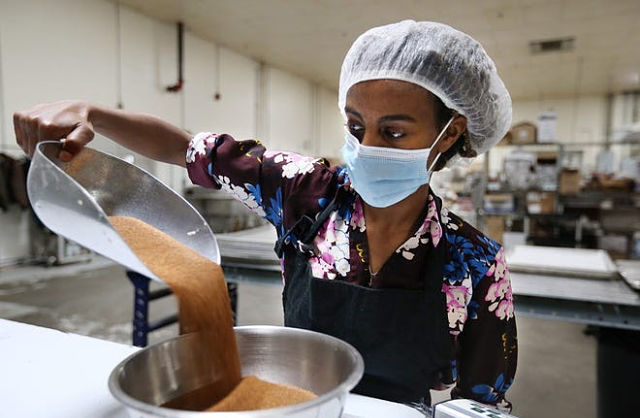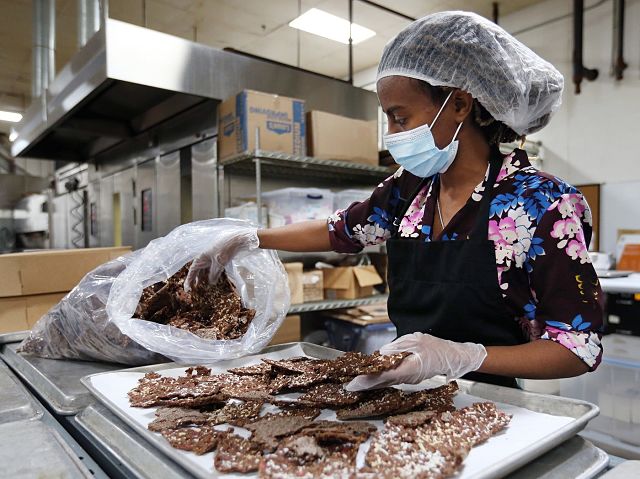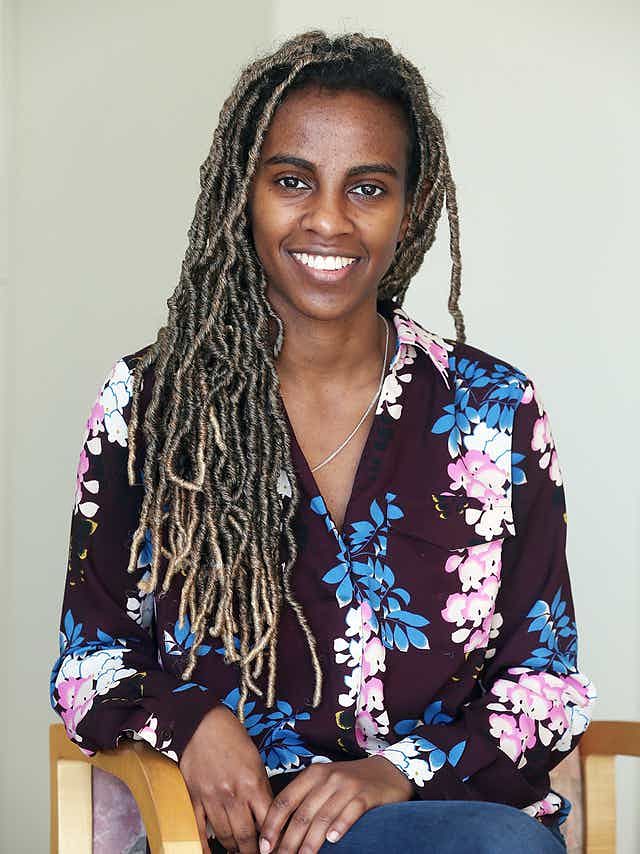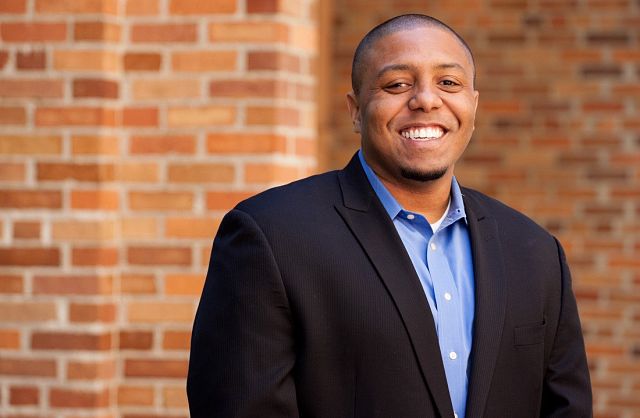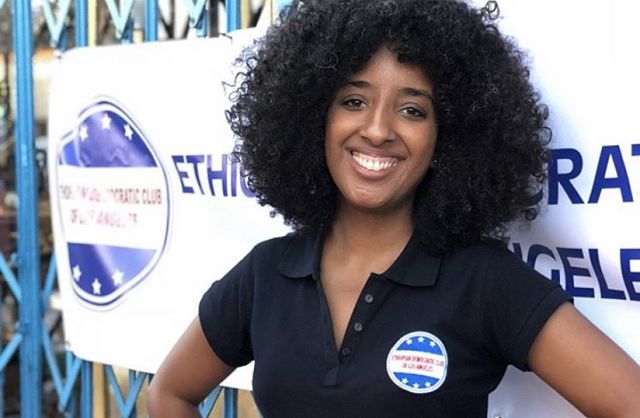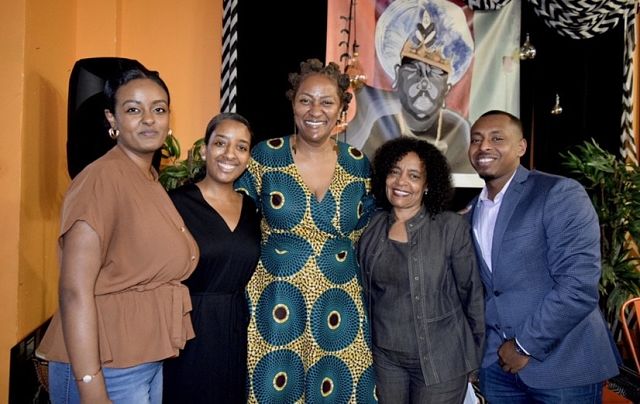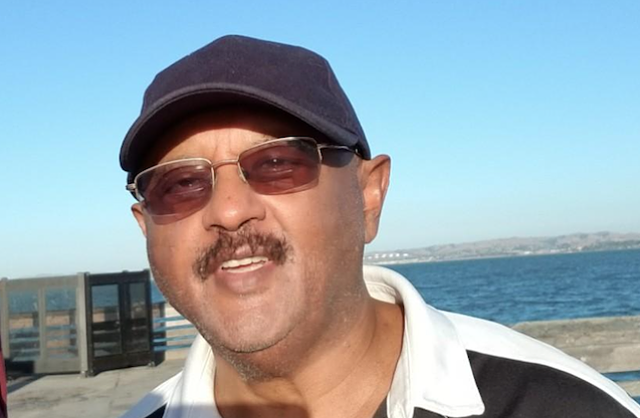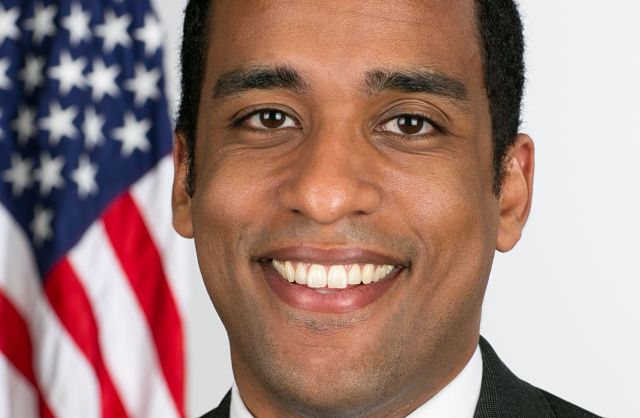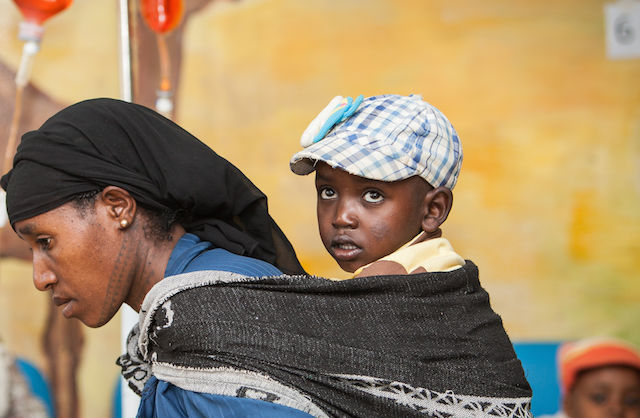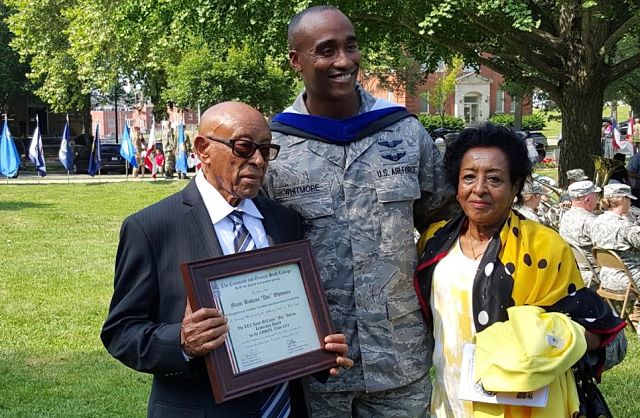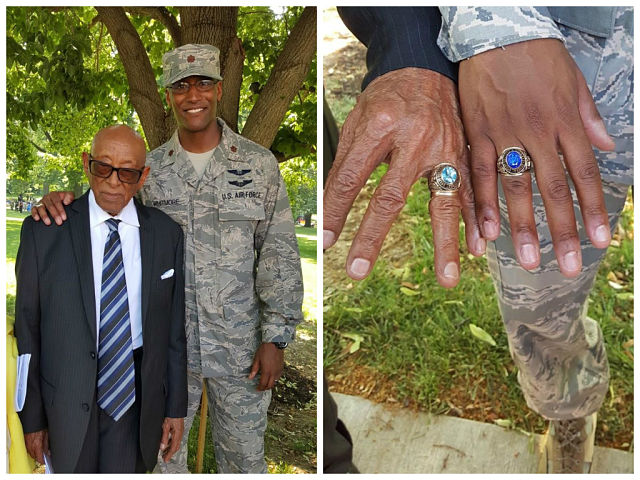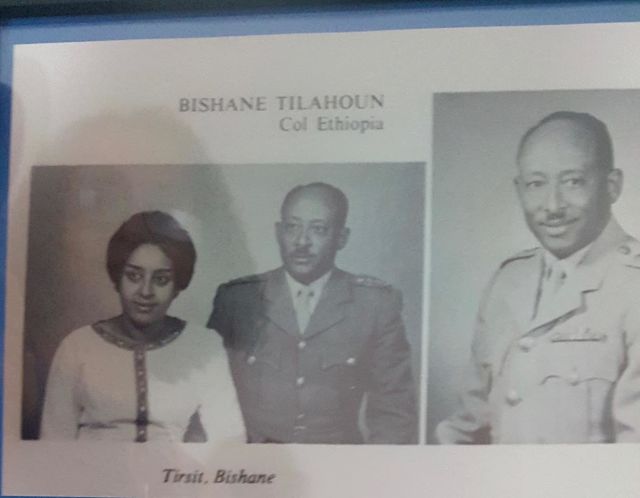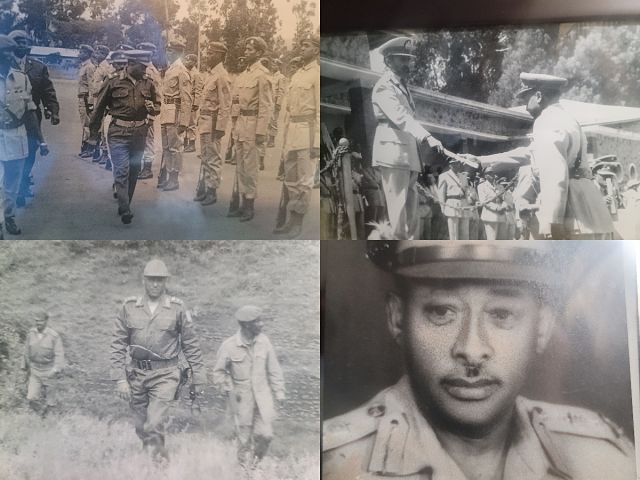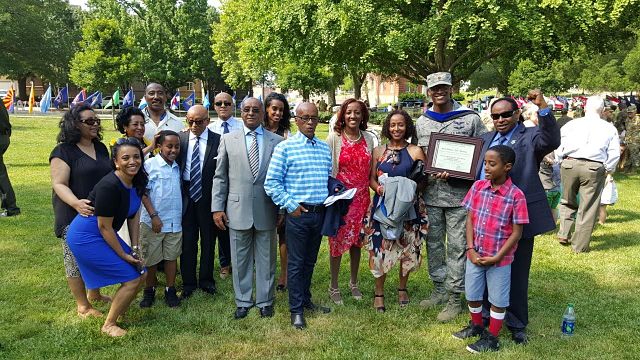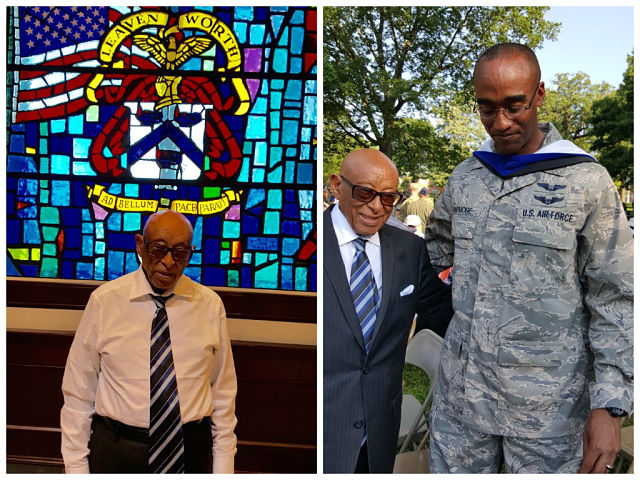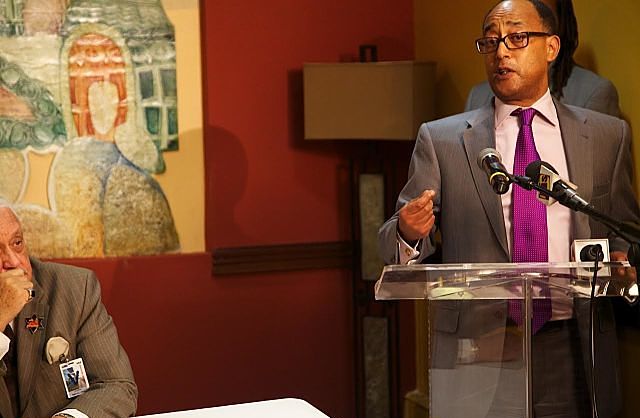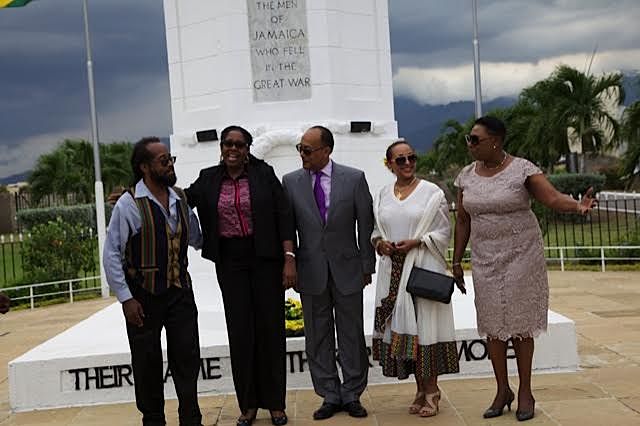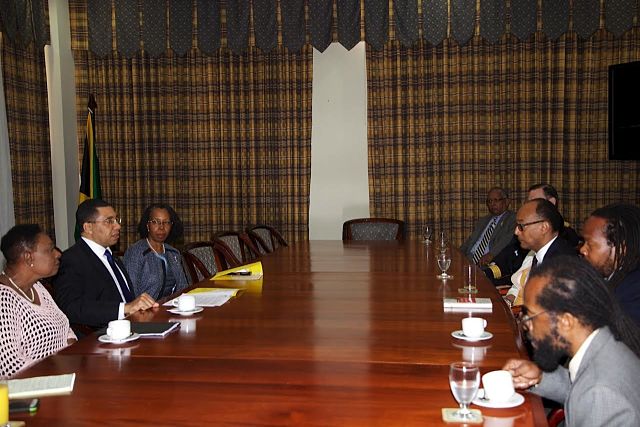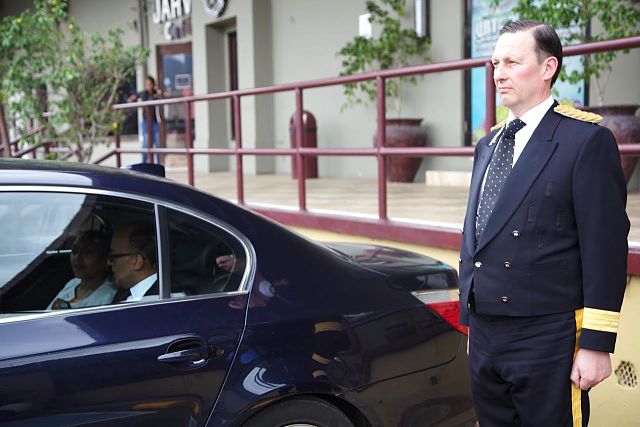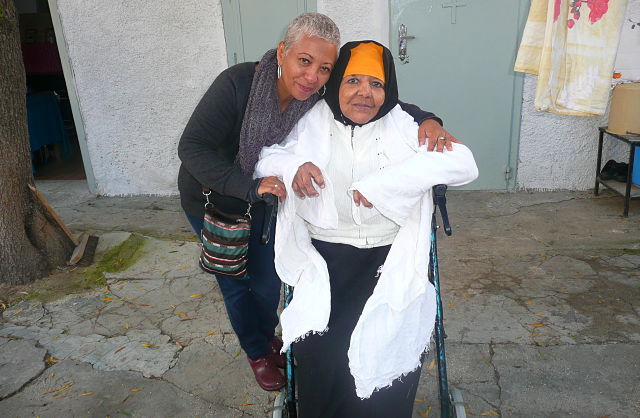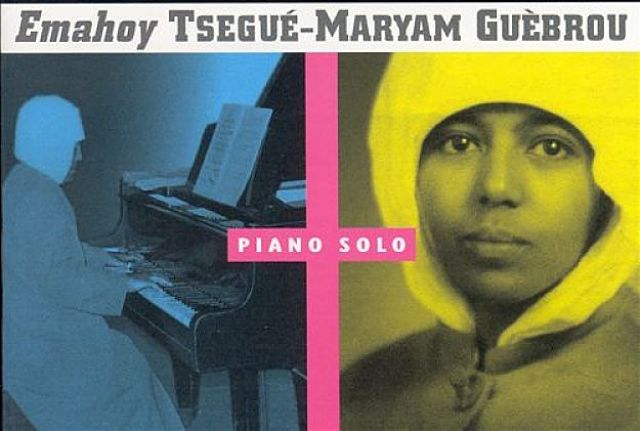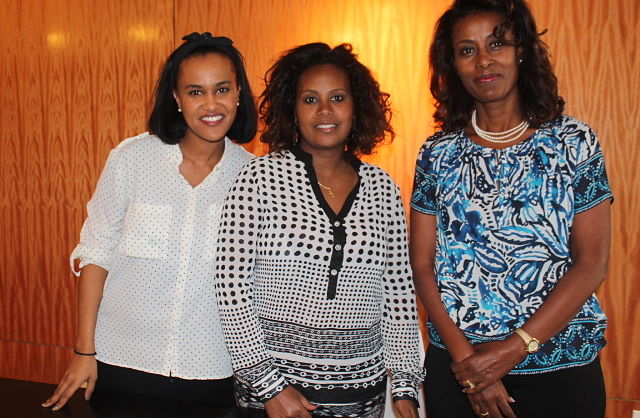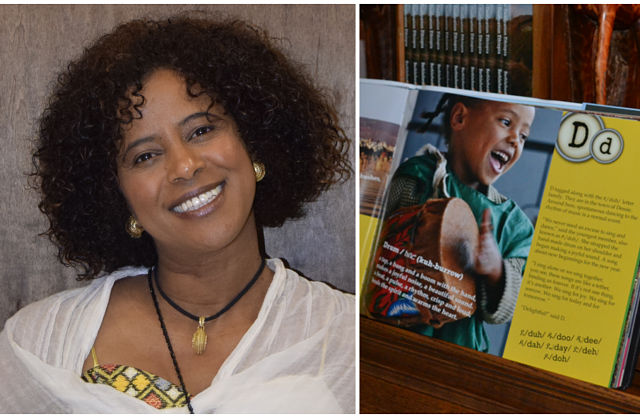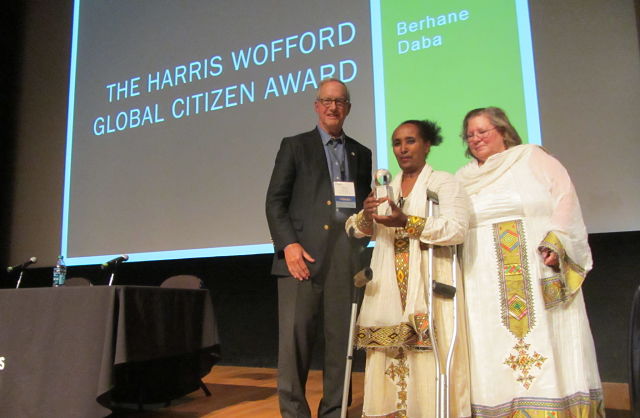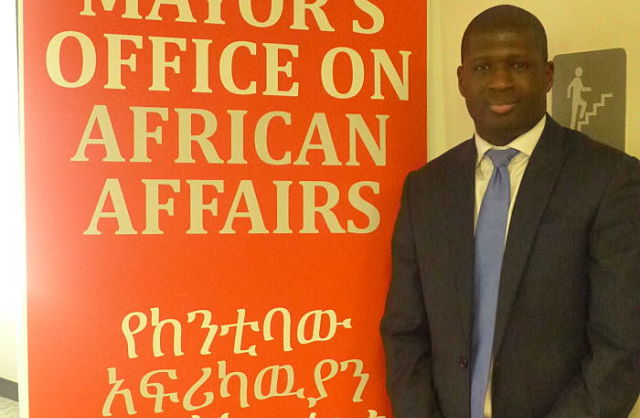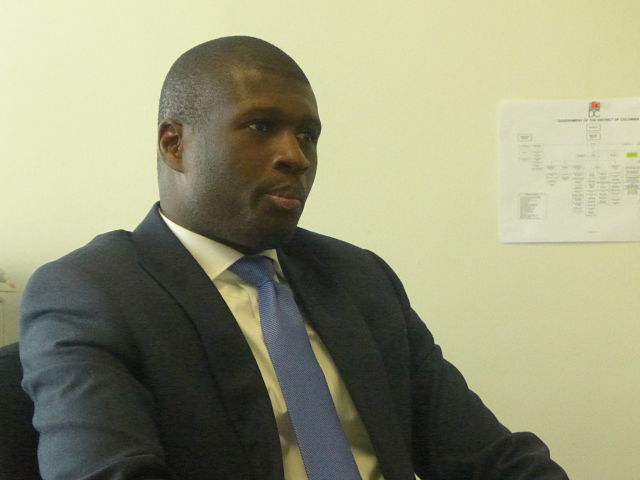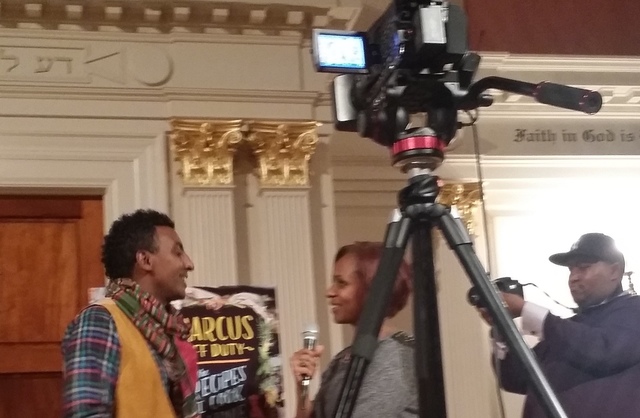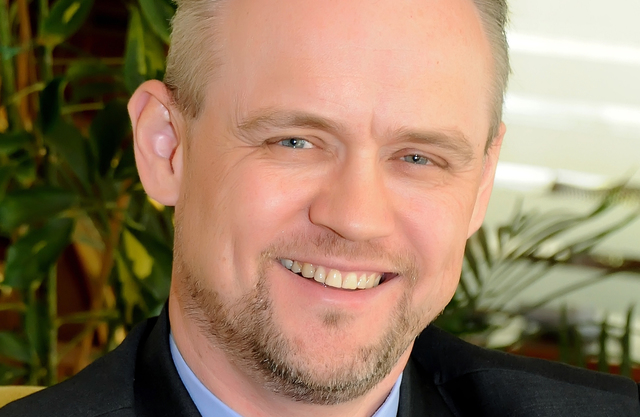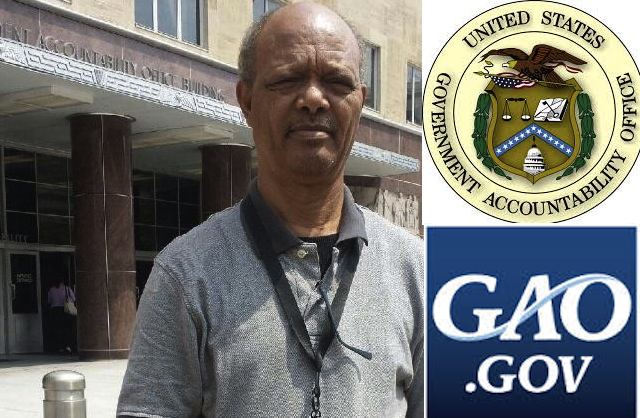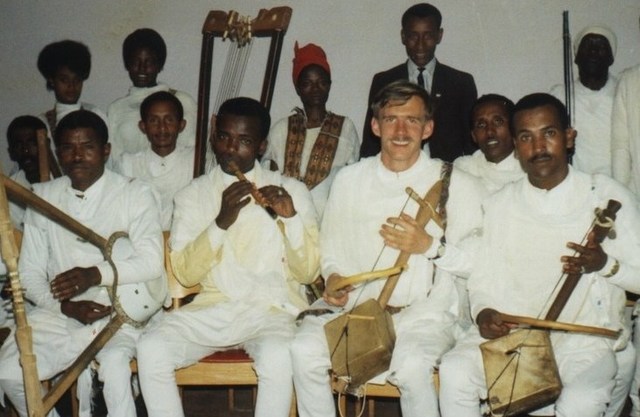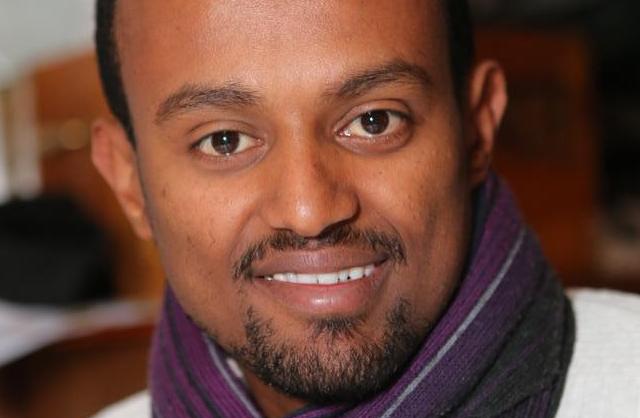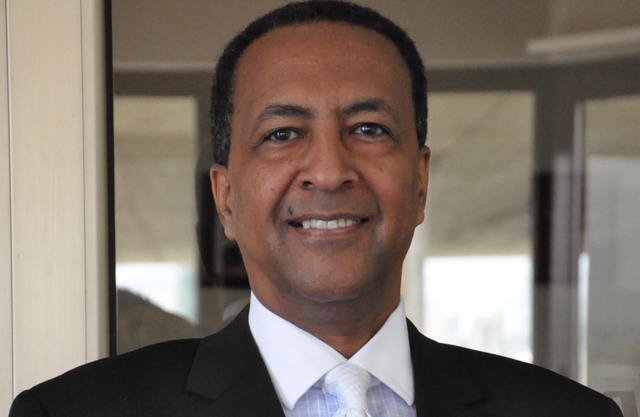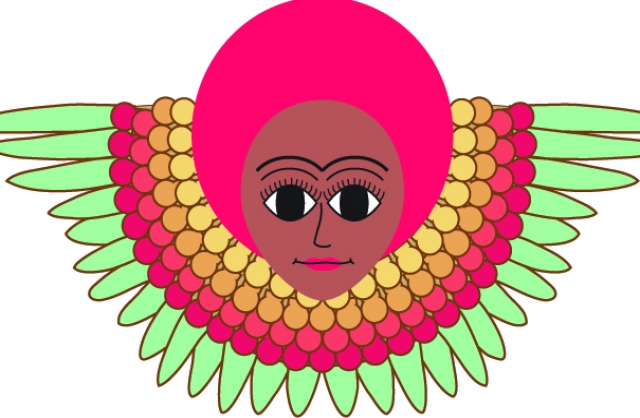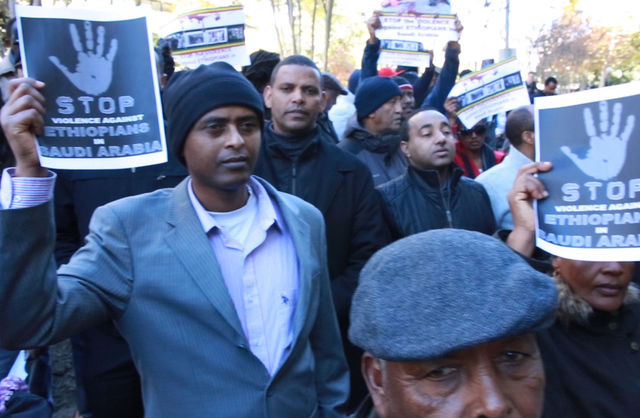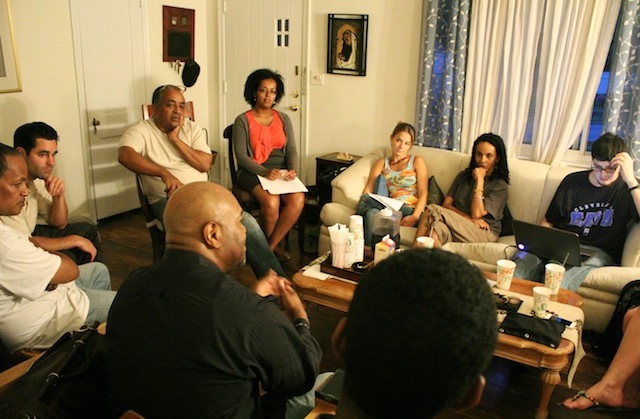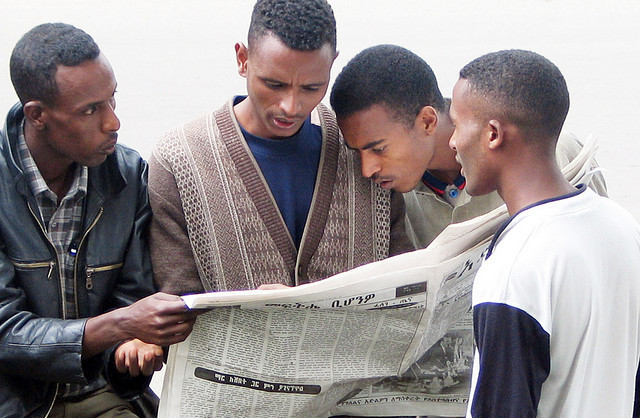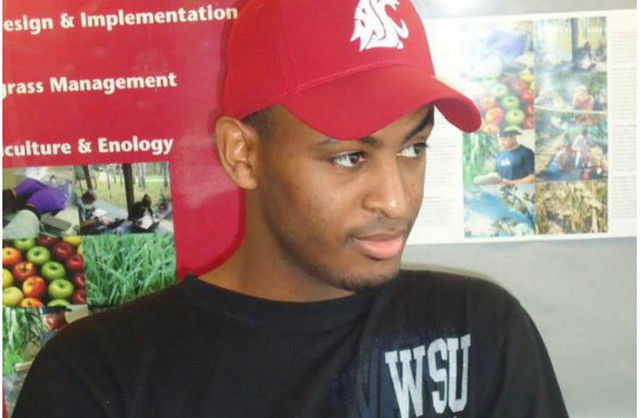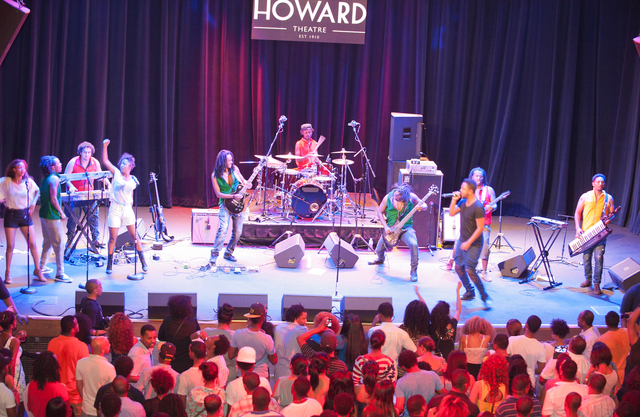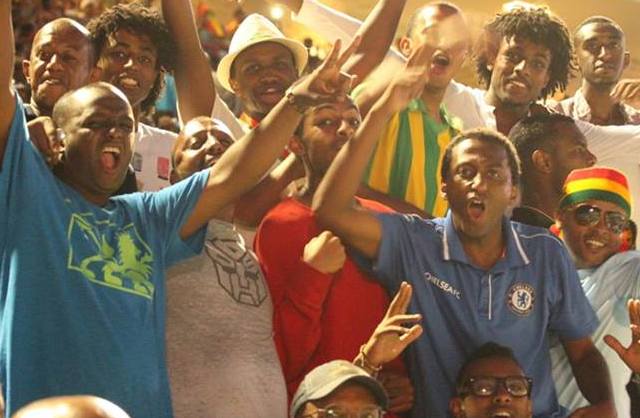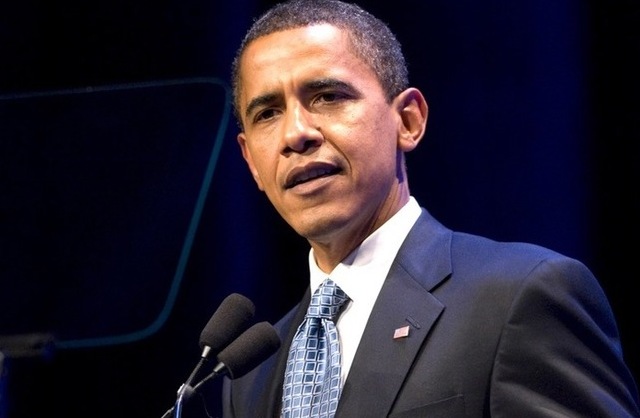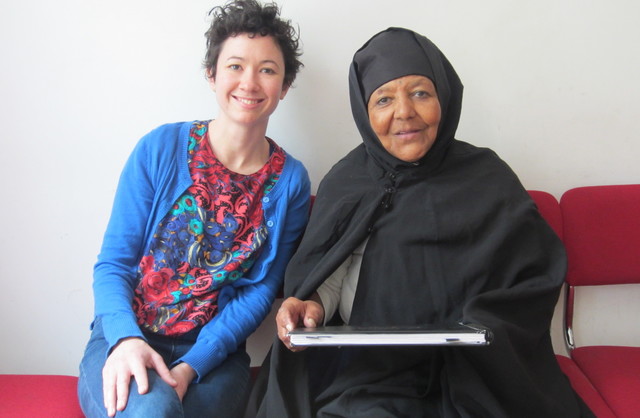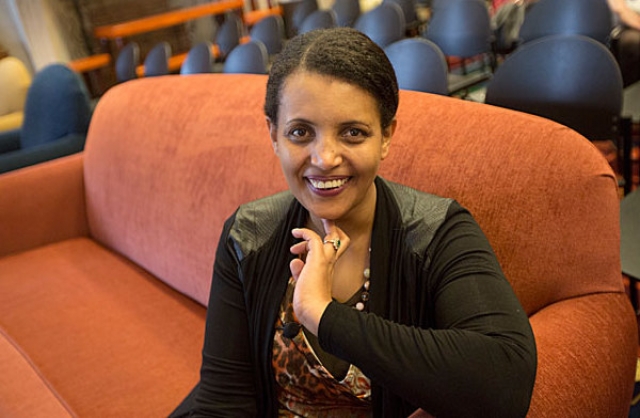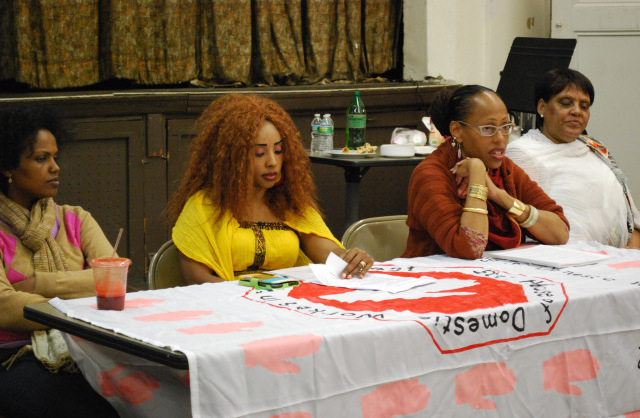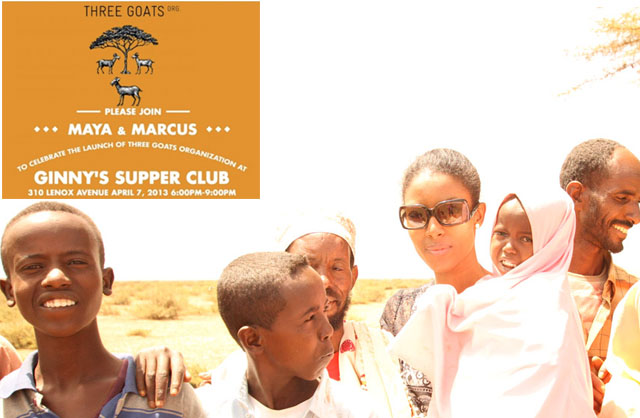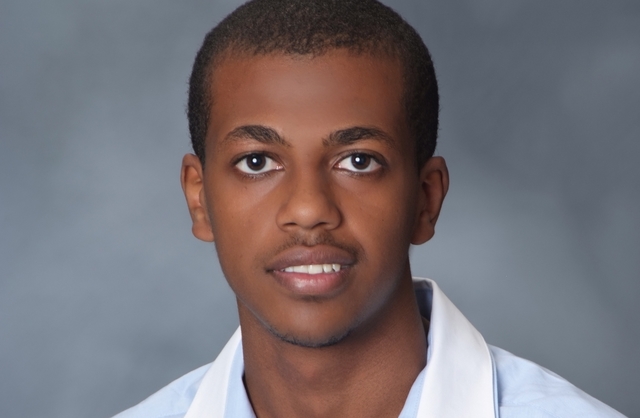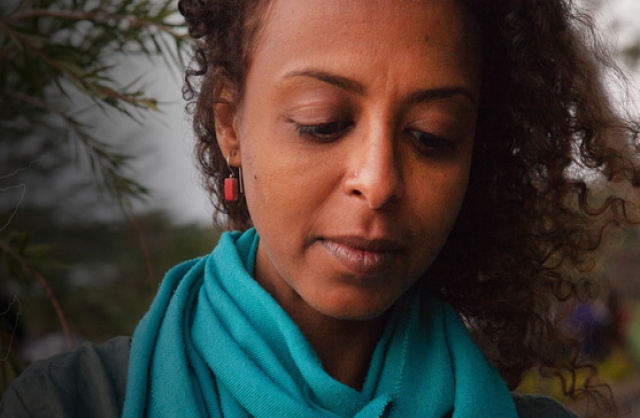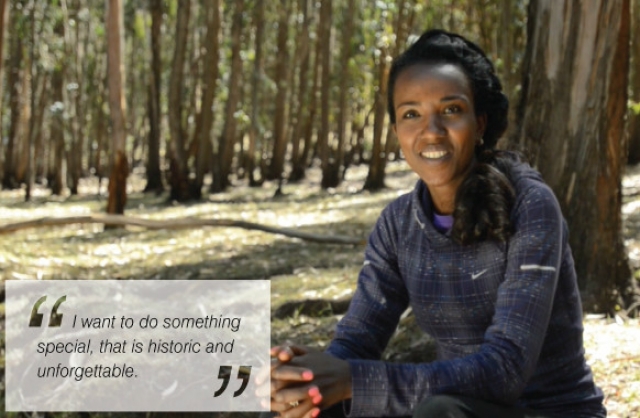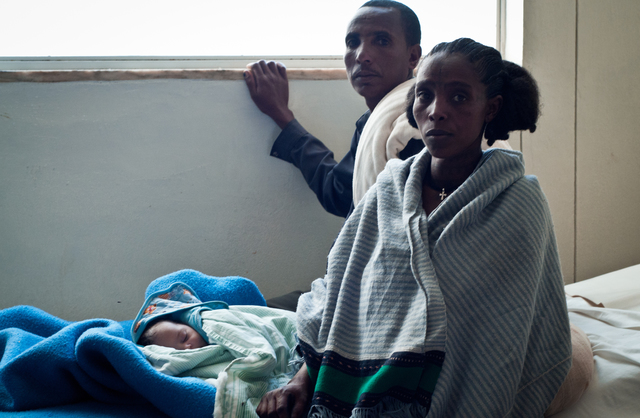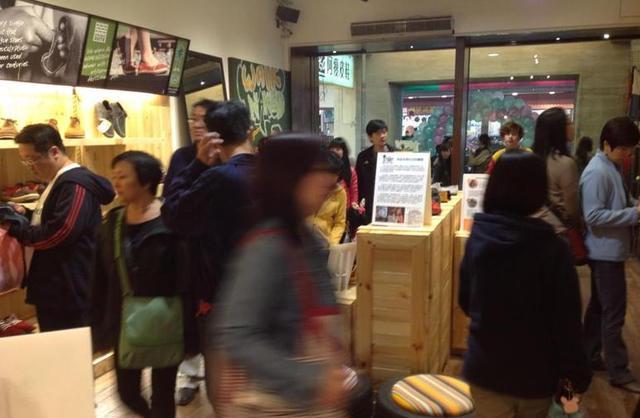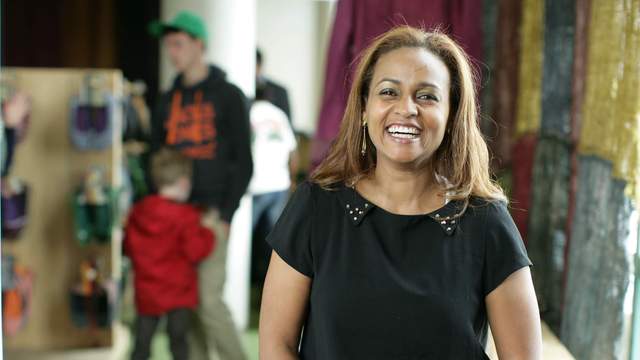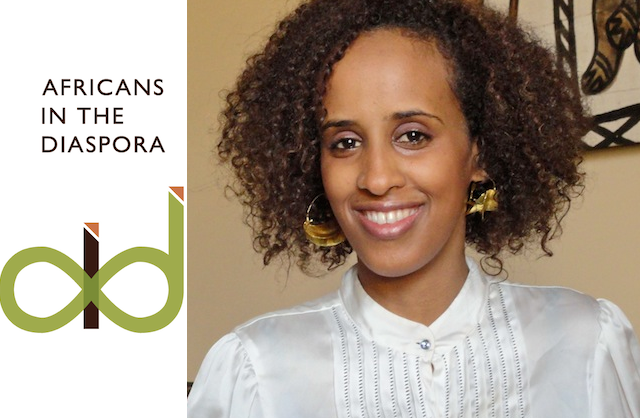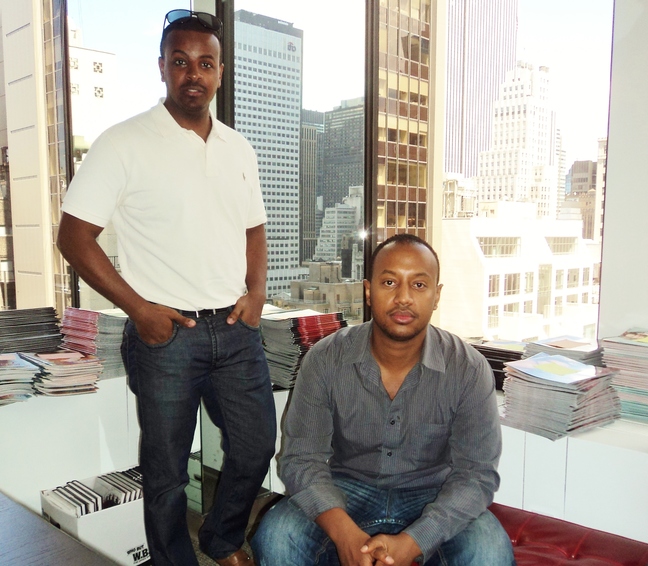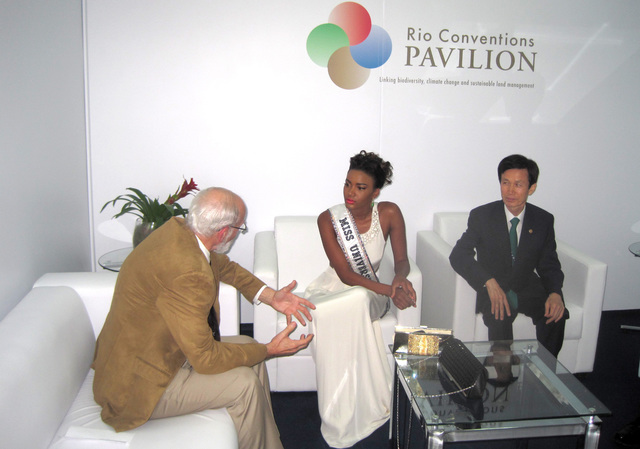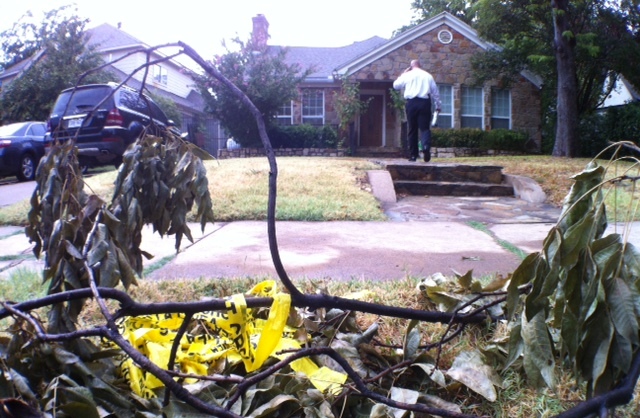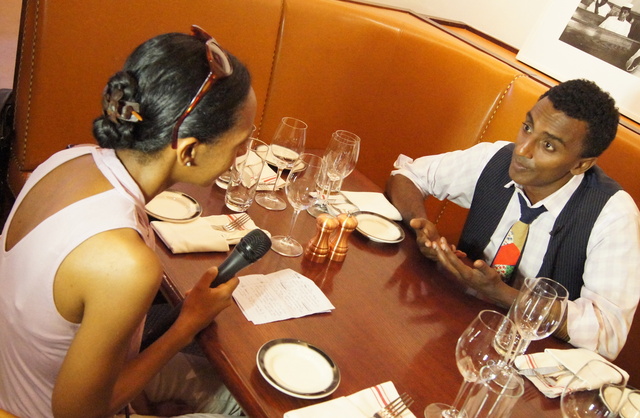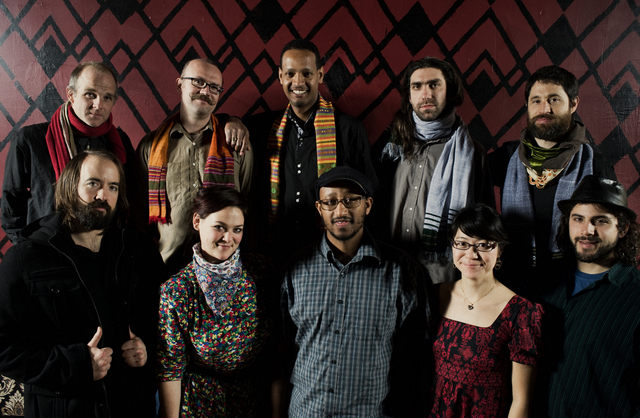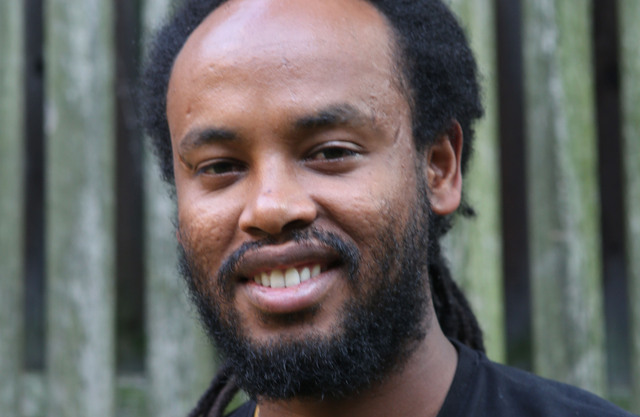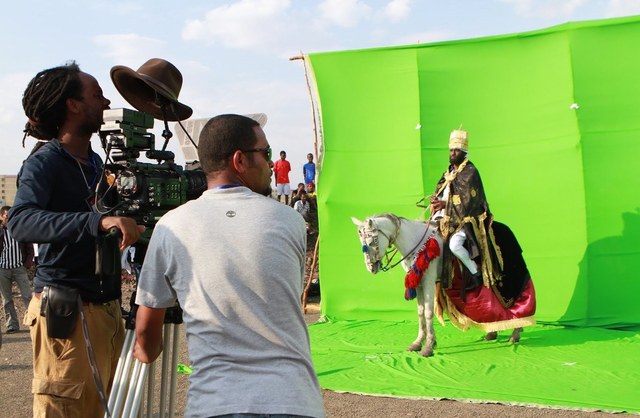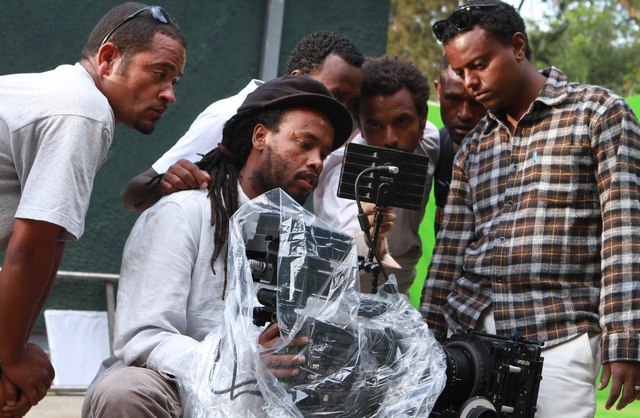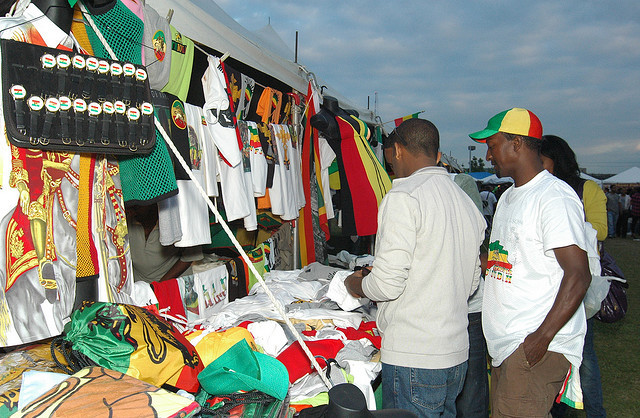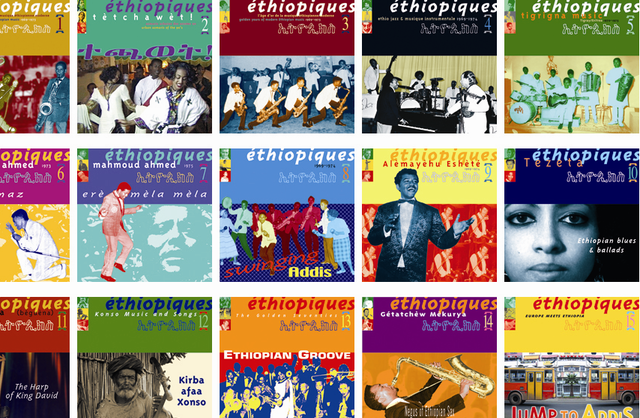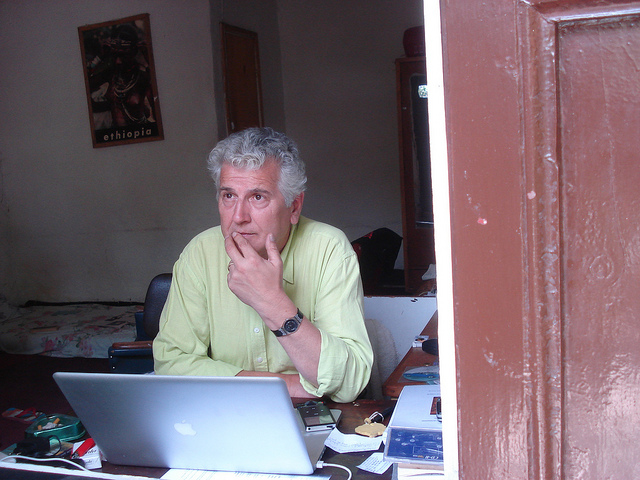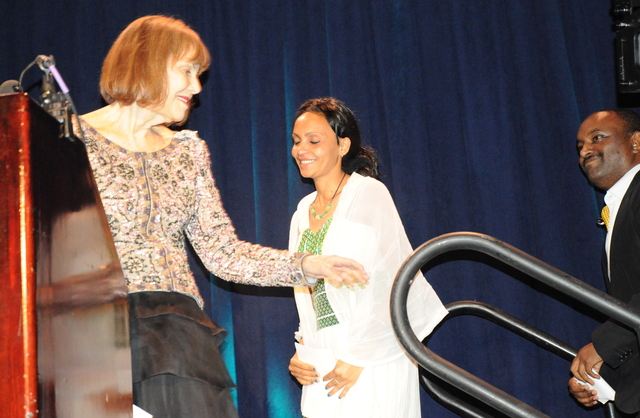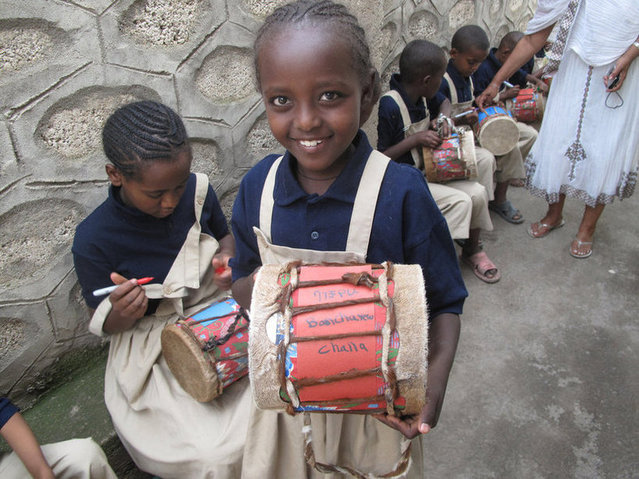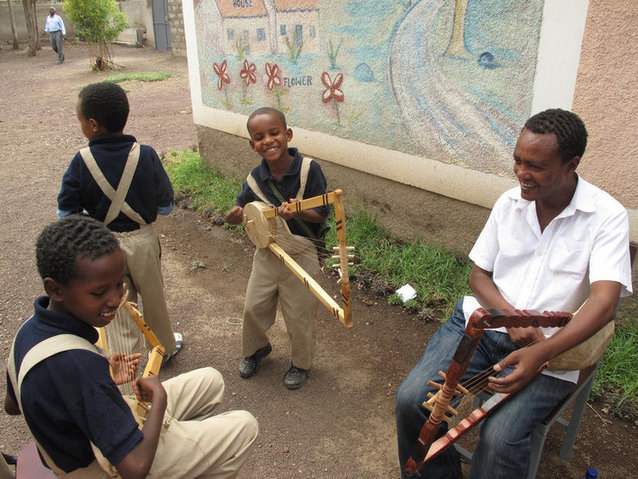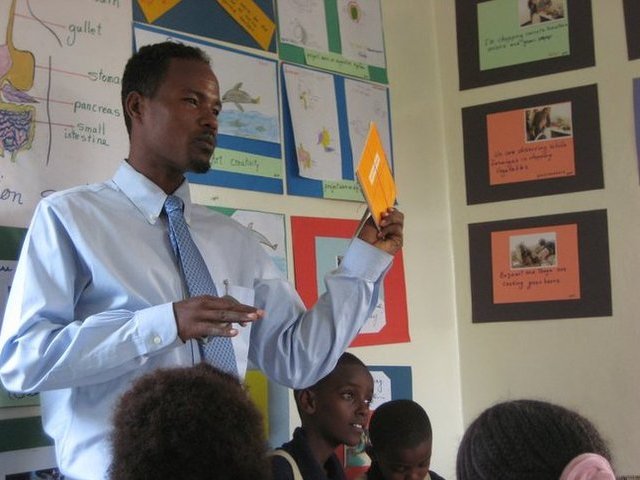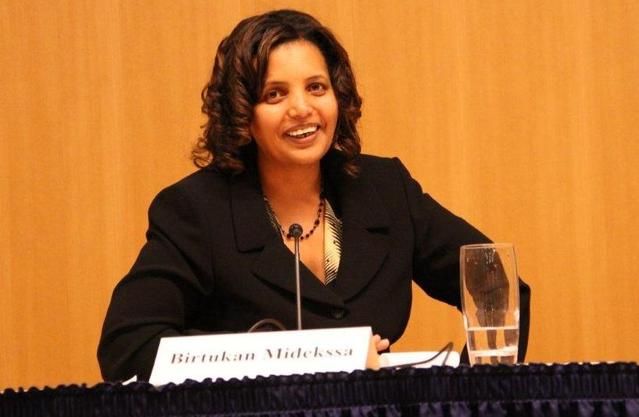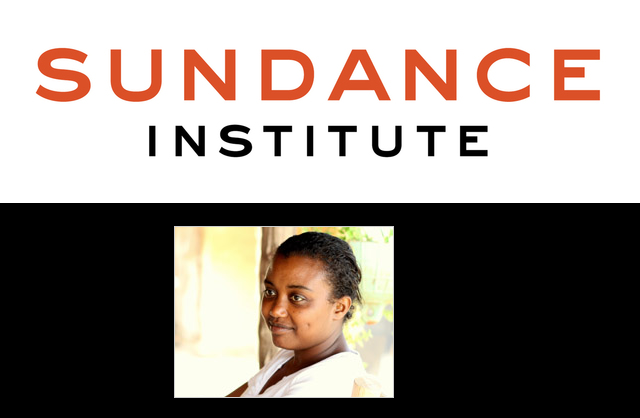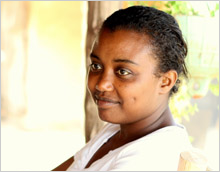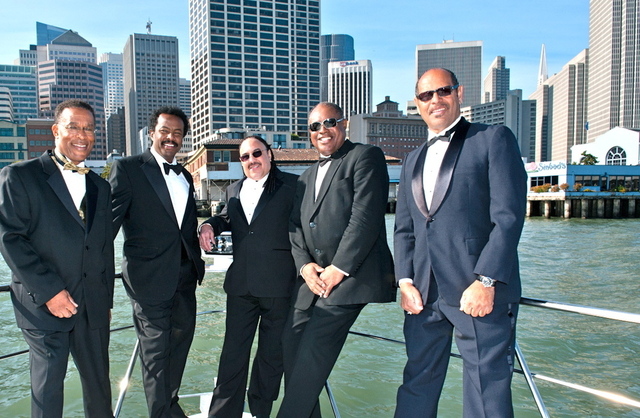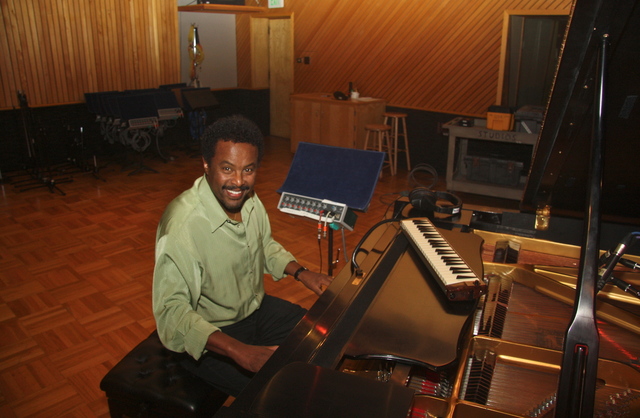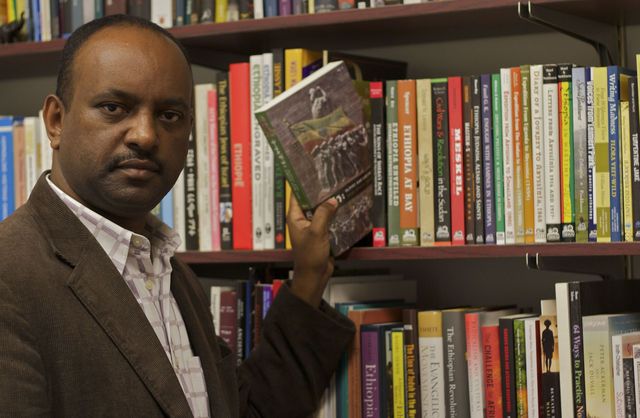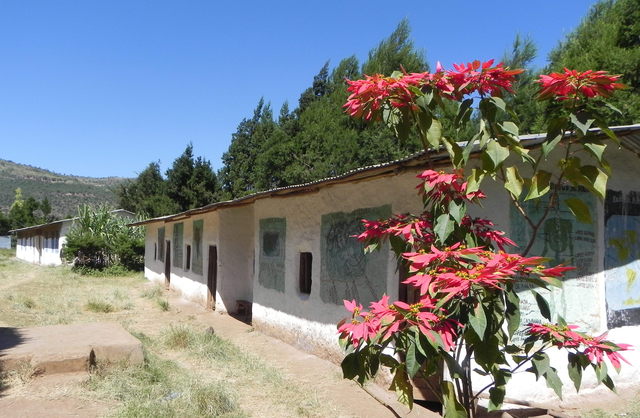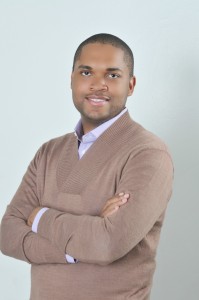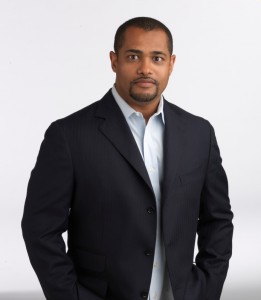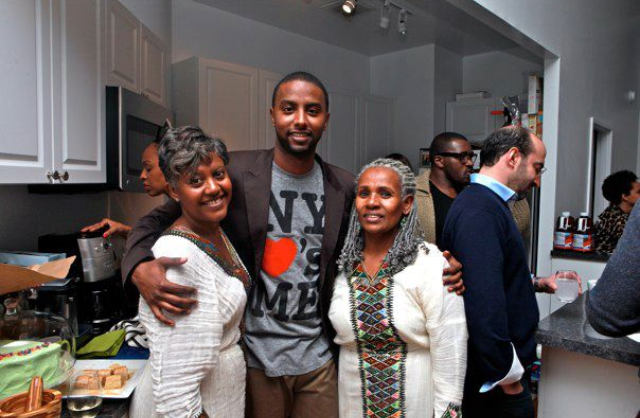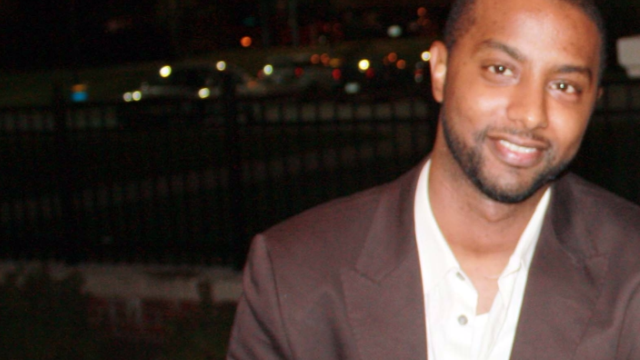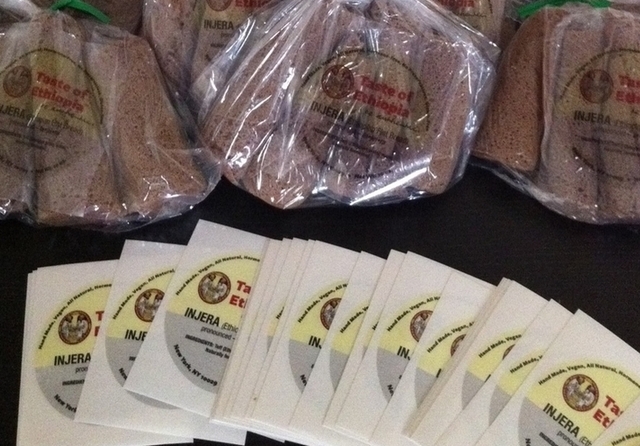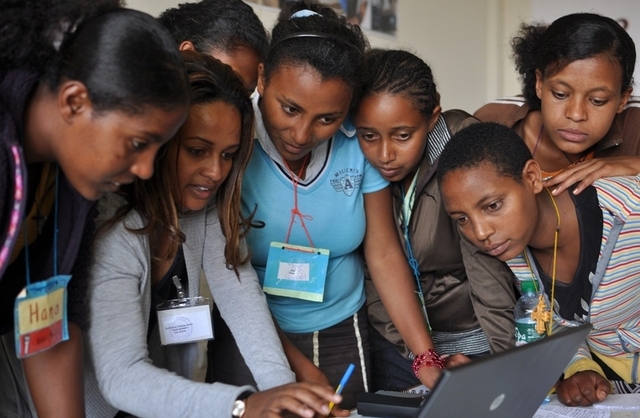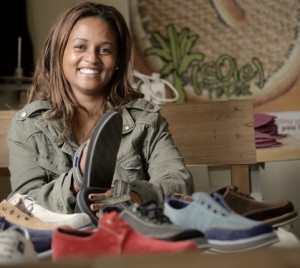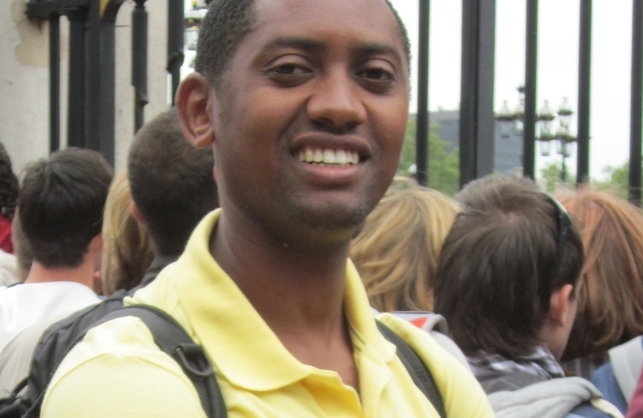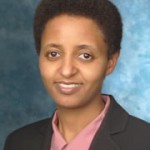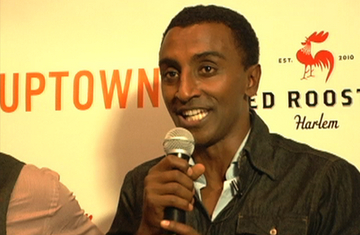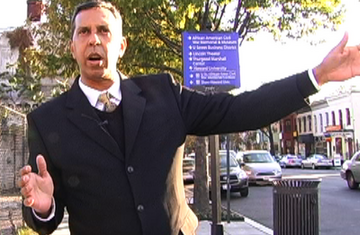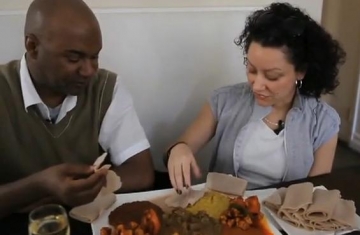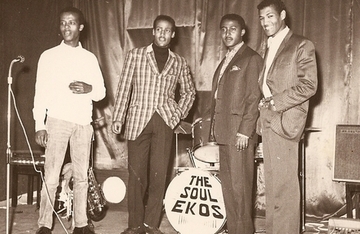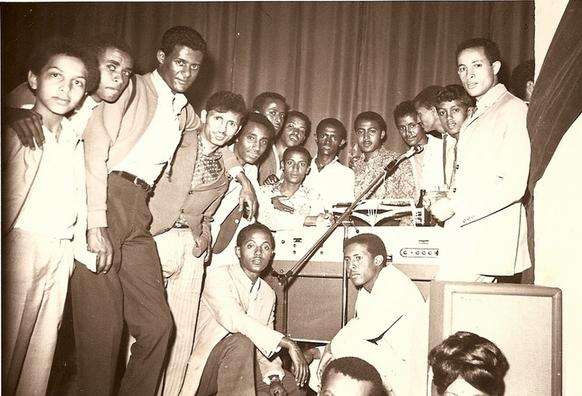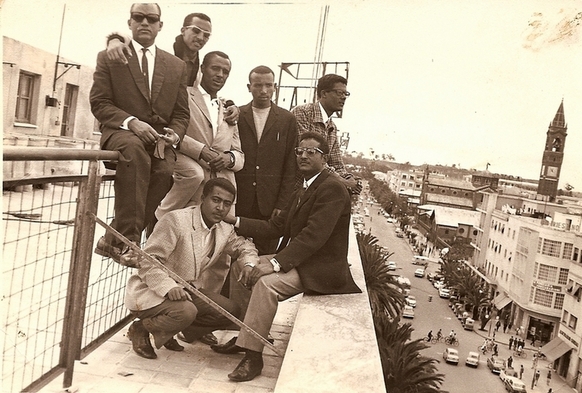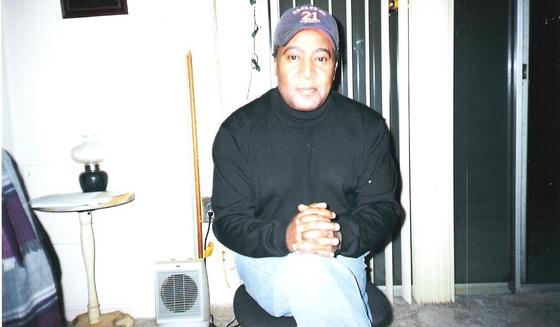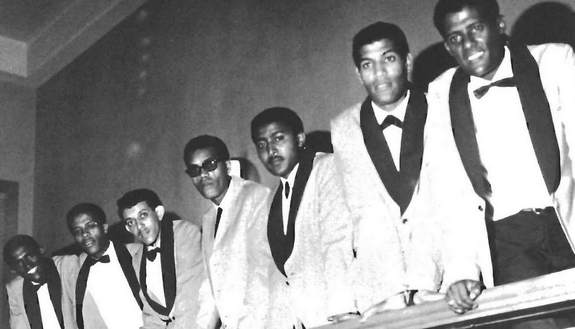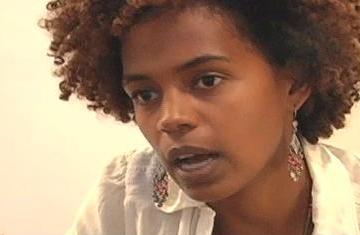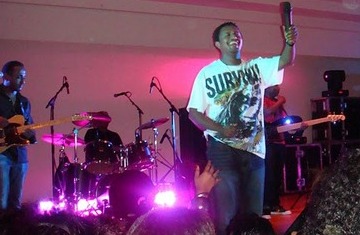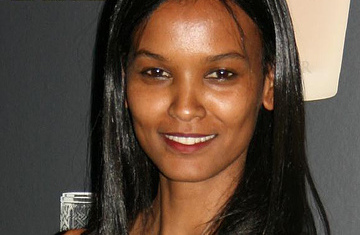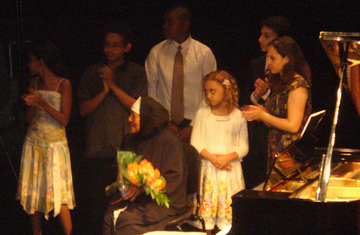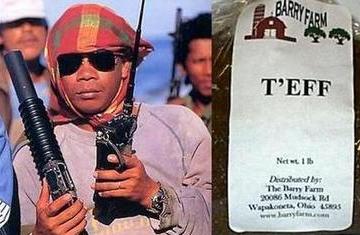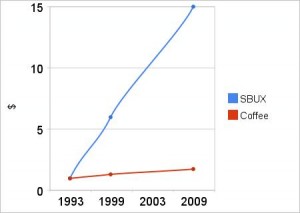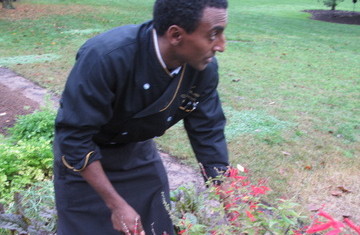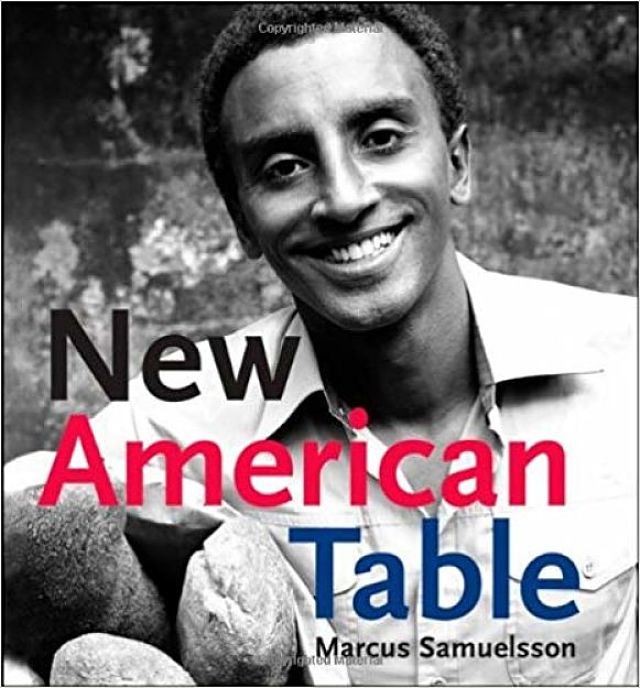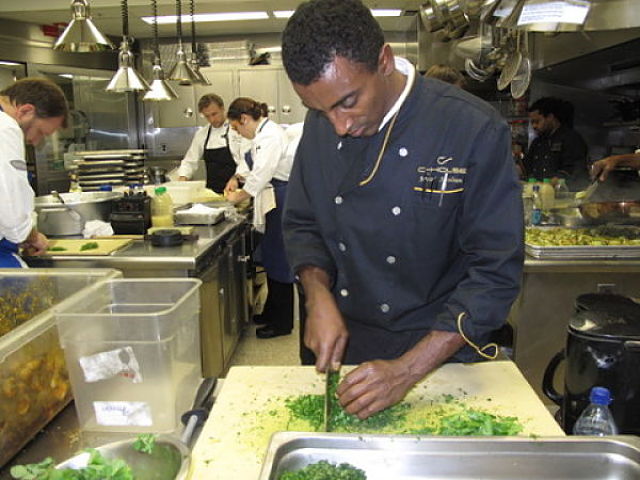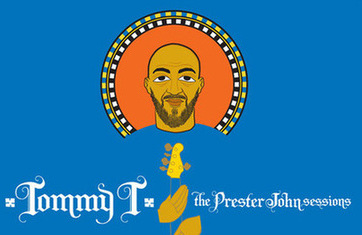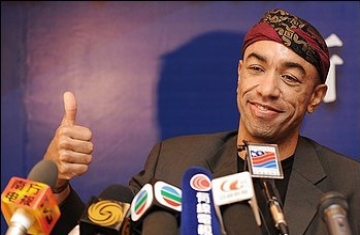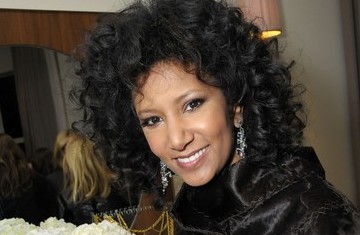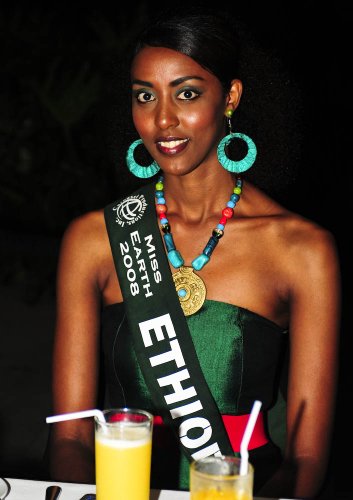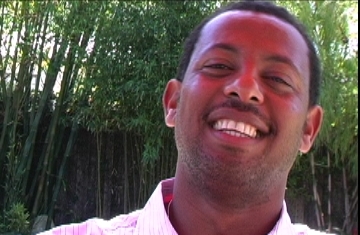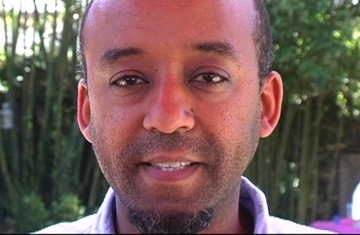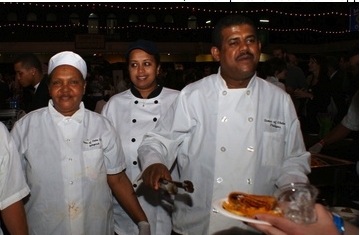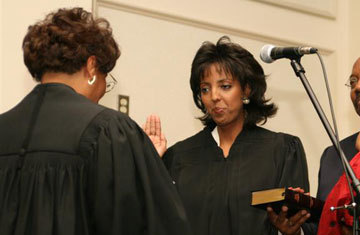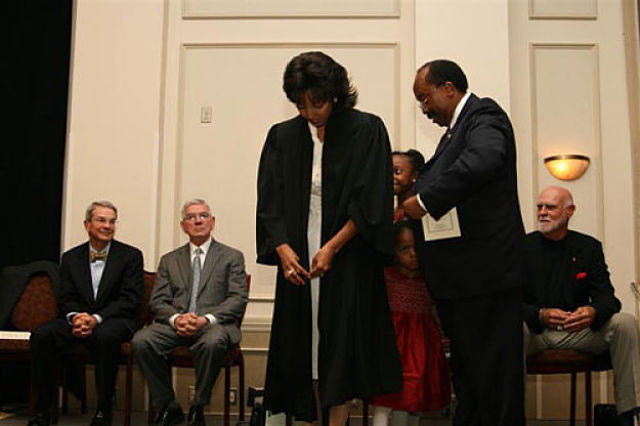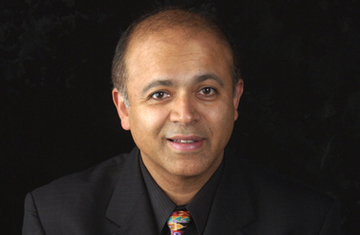 Physician and author Abraham Verghese. (Courtesy photo)
Physician and author Abraham Verghese. (Courtesy photo)
Tadias Magazine
By Shahnaz Habib
Published: Wednesday, September 09, 2009
New York (TADIAS) – Earlier this year, Tadias reviewed Abraham Verghese’s Cutting for Stone, an epic novel about a young man’s coming of age in Ethiopia and America. From fascinating social and political portraits of Ethiopia in upheaval, Cutting for Stone zooms into a territory where few have gone before: the drama of the operating theater and the mysteries inside the human body. There can be no doubt that this novel is the work of a seasoned writer who has led many lives in many places.
Time and again, Dr. Verghese has dipped heavily into his own life for furnishing the material for his writing. His experience as a physician in the rural south, caring for terminally ill AIDS patients has been heartrendingly documented in his memoir My Own Country: A Doctor’s Story. Later, in The Tennis Partner: A Story of Friendship and Loss, he described a beloved friend’s struggle with drug addiction, rendering a poetic, raw tribute to male friendships. In his latest book and first novel, Cutting for Stone, the protagonist is a young doctor, raised in Ethiopia, who seeks his fortune in America.
Verghese’s own career as a physician in the United States has taken him from his grueling days as a foreign medical graduate (recounted in The New Yorker article, The Cowpath to America) to becoming the voice of empathetic medicine. As founding director of Center for Medical Humanities & Ethics at the University of Texas and in his current role as a senior professor at Stanford University, Dr. Verghese is a champion in the field of Medical Humanities. He is passionate about bedside medicine and physical examination and values the human element that these rituals bring to the facelessness of modern medicine.
In an exclusive interview, Tadias Magazine spoke with Abraham Verghese about writing, medicine, the healthcare crisis, and how to lead double lives.
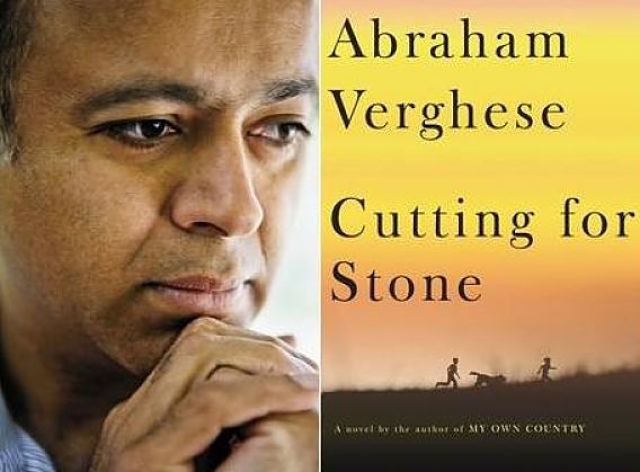
Abraham Verghese (photo by Joanne Chan)
Can you begin by telling us a bit about all the different places that are a part of you?
My identification with place is complicated. Ethnically, I feel very much Indian. My parents are Indian and I feel very conscious of their legacy, But countrywise, I strongly identify with Ethiopia, having grown up there. And then of course, America is the place that welcomes everybody. So this is home unequivocally, and I am very proud to be American. So there are all these different threads that run through my life.
I remember the passage in the book where Hema speaks of Addis as an evolving city whereas Madras seems to have finished evolving. Was that something that struck you as a primary difference between both places?
Yes, when I went to India and lived in Madras, that was one of the things that struck me about the city. Traditions and ways of life were very established in Madras whereas so much was in transition in Addis. And then when I came to America, it was very different again. There’s a scene later in the book where Marion arrives in America and feels completely unprepared for the scale and scope of America.
You also show how, even through its upheavals, Addis was a cosmopolitan city of the twentieth century. You help the reader picture the different peoples who had congregated in Addis. Can you give us a sense of your relationship with Addis?
I don’t have any family in Addis but I do have friends there and I have strong connections to the medical world in Ethiopia. Also, the present Prime Minister of Ethiopia was a medical student one year behind me. When civil war broke out and the military took over the medical school, he became a guerilla fighter and I left. So I have been back twice – once to do an interview with him for a magazine and the other time for a medical symposium.
Could you tell us something about your writing process? You must have drawn a lot on your memories of growing up in Ethiopia but it is also clear you did a lot of research on Ethiopian history and politics.
I think the research happens in parallel with the writing. I was consciously trying to learn more about the Italian time in Ethiopia because it was a very colorful legacy. Every colonial power leaves their stamp on their country and we are very familiar with the English stamp on India or the French stamp on Cameroon but the Italian stamp on Ethiopia is not very well-known. So I spent a lot of time on that. But the research was in parallel with the writing because as I wrote I would stumble on something that I needed to know more about and so that would set me off in another direction. One of the great joys of research is that you find unexpected things in unexpected places. You are looking for one article but you find another right next to it that leads you to include something you might never have otherwise written about. There’s a lot of serendipity.
Elsewhere you talked about the incremental method of writing in which you write a little bit everyday.
I think I was talking about the incremental method of doing anything. If you do a little of something every day, you gradually get better at it. Instead of finding great blocks of time, you just have to find a little time every day.
So do you have a daily writing practice?
Not really. I write whenever I can and sometimes it winds up being everyday for several days at a stretch of time but sometimes I cannot get to it every day.
I also heard that you have a room on the campus, something like a secret bunker, where you can go and write. Tell me it is true and not a legend.
No, it is true. When I took this position I negotiated for a second office, separate from the student-related, that I could disappear into.
And you also negotiated two days a week to write.
Well, everybody here has protected time to do their research and so during my protected time, instead of going to a lab and doing experiments, I go to my lab and conduct my kind of experiments. In fiction, nonfiction. In any kind of writing, really.
How important is it as a writer to have a place for writing?
I actually don’t think it is very important. I think people make much too much of having a place and how it has to be just right. I can actually write anywhere and often do. The most important thing when you are trying to write is to simply sit down and try to write, it doesn’t matter where. If you are waiting for the right environment before you can write, then you are probably not prepared to write.
What would you say is the unlikeliest place that you have written in?
(Laughs) Probably airports. Everyone’s waiting to take off and frustrated that we are late or whatever and I am barely aware that anything is going on.
Pico Iyer talks about airports as the ultimate postmodern metropolis. He probably gets a lot of writing done in airports as well.
I am not surprised. He travels a whole lot more than I do.
In fact, in his book Global Soul, he talks about a new generation of transnationals who belong to so many cultures that they belong to nowhere. He calls them Nowherians, or fulltime citizens of nowhere. Do you think you are a global soul?
I feel I am not completely a global soul. I have sequential interactions with different countries and even within the US, I have steadily migrated from Tennessee to Iowa to Texas to California now. I hope this is the last stop. I hope I am not destined to go to Guam and Hawaii!
But even when our migrations are sequential, our memories are not, right?
Yes, very true. They are seamless and overlapping and the only constant is you. You are the only one linking the different places.
There is that beautiful passage in the book where you talk about how listening to Tizita takes the narrator right back to Ethiopia, whether he is in Adams Morgan or in Khartoum.
Yes, music is so mysterious that way in its connection to the brain and its ability to transform us. We all probably have a song that can transport us back to a different part of our life. And it is very difficult to make that song come alive for someone else us. I could not bring the song to the reader but I could try to bring that sense of identification, the nostalgia that it evoked. And of course, that song [tizita] itself is about nostalgia. I worried a great deal about whether I could pull it off. But we all have our tizitas, our songs of some kind.
To get back to the subject of medicine and writing. You speak in this book as well as in interviews about the ritual of examining the patient. Examining the patient is a lot like reading, isn’t it, with the patient as the text?
Yes, but it’s also much more than that. At one level the patient is a text to decode, a mystery to unravel, and that is certainly important, it’s the most attractive part of being a diagnostician. But this is not a natural relationship, between the doctor and the patient. In fact, it is terribly unnatural. They are coming to you because they are in some sort of distress and you are meeting them because you have made this career choice to help people and so it’s a very strange relationship and even though it seems routine, there is nothing routine about it. Its’ really quite loaded. So after you meet them and decode the text, you are, by your presence, by your engagement, providing the kind of comfort no one else can provide. The analogy I use is “when you are drowning, the only person who can save you is someone who knows how to swim”.
I find it terribly important to be conscious of that dynamic, even if the patient is not. Somebody else once described this by saying “one of our roles is to save the patient from their nihilistic tendencies.” A sick individual’s instinct is taking him or her towards nihilism, to imagine that the world is cruel, that there is nothing worth living for, and the doctor’s job is to counter that.
Have there been other writers who write about medicine whom you count among your influences?
There are a lot of writers who write well about the business of medicine. Atul Gawande for instance. And I have always admired that kind of writing. But I feel that by writing fiction about medicine, you are conveying a higher form of truth. I guess that’s my bias. (Laughs) If you pull it off well, like in “The Citadel” for instance, then you have captured the reader’s imagination. If I manage to get you to enter the world of the novel and completely forget your everyday life, you don’t just find out about medicine, you live medicine. You live it through Hema, you live it through Ghosh, through Marion, and you come out at the other end and its 2009, but you feel like you have lived a lifetime and you have all the lessons of a lifetime. So I am drawn to those fictional narratives, not necessarily written by physicians, but which convey medicine in a convincing and inspiring way.
And in many ways, reclaiming the humanity of medicine is also the focus of your field of medicine, isn’t it? Can you tell us a bit about why that is important?
I think we live in an age of tremendous fracturing in medical care. It’s very difficult to find one person to take care of you, you end up going to six different people. We are in great danger of getting lost in the technology. We can easily mistake data for wisdom but it is not the same as wisdom. So I have been emphasizing the physican-patient relationship, that this interaction is timeless. No matter how routine it seems, no matter how many imagings and scans can help us see the patient inside out, we still need our presence with the patient. We should never underestimate the patient’s desire to get some help and that subtext of wanting comfort to be comforted, and that all-important ritual of baring their soul and baring their body and allowing you to touch them. And if you shortchange all that, you lose the patient’s faith.
Is there more attention paid to medical humanities now than, say, fifty years before?
I think there is more conscious attention to it as a field of study. It is amazing to me that there is a label that says “medical humanities” on it. But it’s a double-edged sword because medical humanities as a discipline has been hijacked by the English literature and semantics people. In many medical schools, the medical humanities division is run by someone with a Ph.d in English Literature and they have made this into a discipline that I worry is getting disconnected from the field of medicine. Some of those people look down on a physician who wants to teach medical humanities as if the physician does not have the right credentials for teaching this. And I wonder what is their credential to teach this, if they have never walked in a physician’s shoes?
I ran a program on medical humanities in San Antonio and I felt that my mission there was to restore medical humanities to medicine and take it out of the abstract. I am not against someone getting a Ph.d in medical semiotics and breaking down narrative and all that, but let’s not confuse that with talking to a medical student who is trying to picture himself at the bedside of a dying patient and introducing that student to Tolstoy’s Death of Ivan Ilyich. And that’s what medical humanities is to me.
In a way it actually mirrors the other disconnect, the one between patients and doctors at the bedside.
That is exactly right. They are parallel disconnects and in both cases there is a hubris – “don’t talk to us about medicine, we know all about it though we have never seen a patient, and we have no idea what a medical student is going through, we know what’s best for them, we are going to teach them about medical humanity.”
What do you think of Obama’s vision for healthcare and how do you think that will affect medical humanities?
I am convinced that some change is forthcoming. But at what level? The bottom-line is that this is a very expensive healthcare system. And I worry that Obama’s plan is to expand coverage and do all these wonderful things but he’s going to find the money for it, not by saving costs but by saying, well if we do preventive medicine, we will save this much money; if we do IT, we will save so much money. And all those are laudable but it’s somewhat pie in the sky. I think what we really need to do is cut costs. But every dollar spent on healthcare is a dollar of income for someone. So when you try and cut costs as Hillary Clinton tried to do, you are taking away income from doctors and pharmaceutical companies and x-ray manufacturers, and you run into this buzz-saw of lobbying that will simply decimate you. So Obama is trying to sidestep that by not addressing the cost issue, but I really think the hard solutions are painful, and will cause a lot of people to make less money than they are making and that will make them unhappy but I really don’t think there is another real solution. Frankly, we badly need more primary healthcare providers so that when you are ill you can go to your doctor. But right now there are more people who can put a catheter up your coronary arteries than treat you if you have the common cold. I think as a nation we have to understand that we cannot replace the presence of the physician with machines.
You have a fulltime job as a doctor and then you have this other life as a writer. How do you balance both – what does a writer need to balance two completely different lives?
See, I don’t accept that premise, that these are two different lives. I see it as one seamless life. I am always puzzled when people make this distinction between writer and physician. Really, its all one enterprise. But in terms of getting a piece of writing out there, the fact that I am a physician has nothing to do with it and putting MD next to my name would be irrelevant. So in that sense, if you were asking me what is the primary ingredient a writer needs, whether they are also a doctor or an actor or a garbage collector, I think it comes down to perseverance, and the willingness to revise revise revise until you get it right. The art is really in the revision.
—
About the Author:
Shahnaz Habib is a freelance writer, based in Brooklyn.
Join the conversation on Twitter and Facebook.
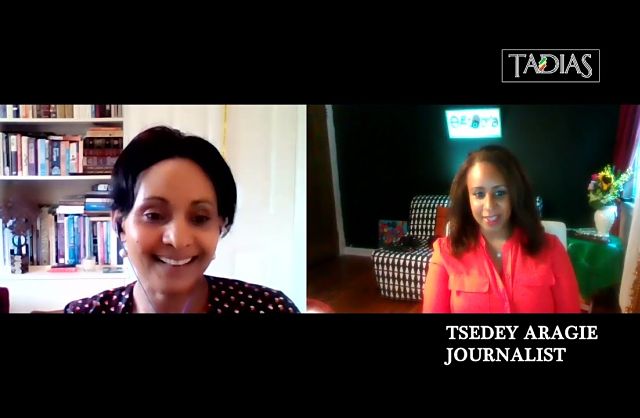 Tigist Kebede, Co-Founder & Operations Director of Habeshaview and Journalist Tsedey Aragie. (Photo: Tadias Magazine)
Tigist Kebede, Co-Founder & Operations Director of Habeshaview and Journalist Tsedey Aragie. (Photo: Tadias Magazine)






